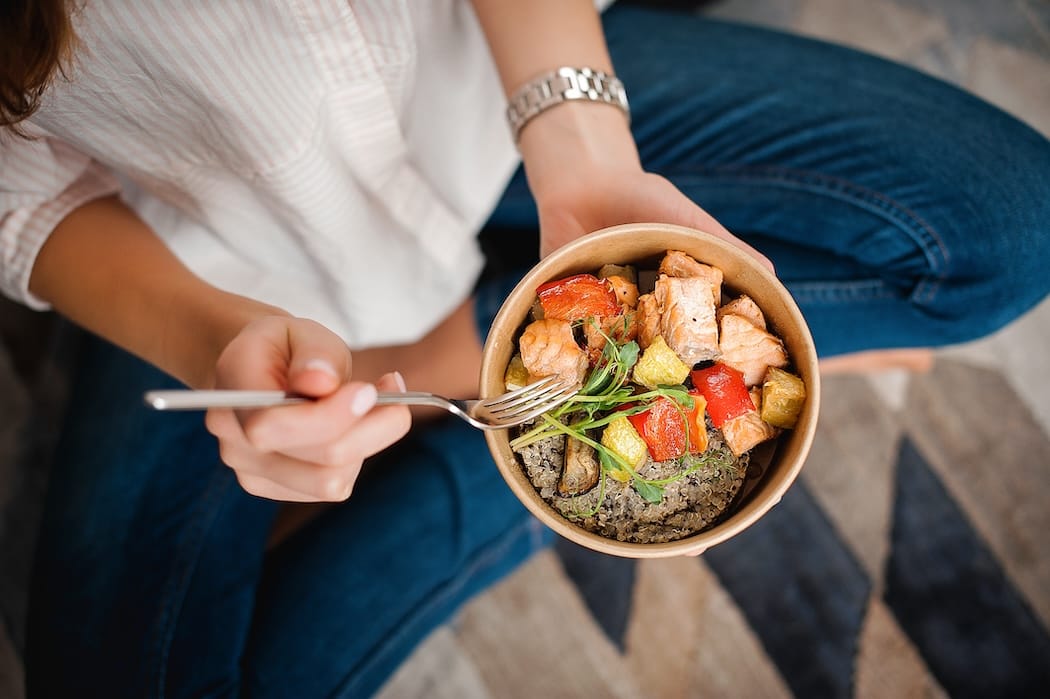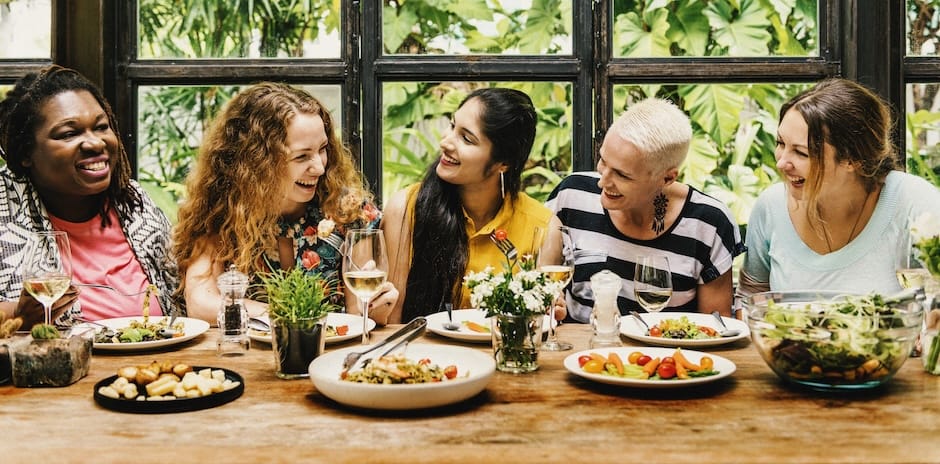We’d all like to live longer and feel better, but is there actually a diet that can help? The ‘blue zones’ diet, based on those parts of the world where people live longest, promises just this – but is it worth the hype, or is it just another fad?
Wanting to look and feel younger has long been on many people’s wish lists, but could ‘blue zones’ hold the key? If this is unfamiliar territory, then let me fill you in: blue zones are the five parts of the world whose populations are thought to live the longest, with studies finding them to have extremely high rates of people who live to 90 or 100. And it turns out, they could hold the key to our health, so it’s no surprise people are starting to pay attention to see what they can learn from them, with Netflix even shining a spotlight on them in 2023 with the documentary Live to 100: Secrets of the Blue Zones.
“Studying blue zones provides insights into longevity and a longer ‘healthspan’, offering valuable lessons for promoting healthier habits and longevity in other communities,” says nutritionist and expert in autoimmune disease VJ Hamilton.
Located in Okinawa (Japan), Icaria (Greece), Loma Linda (USA), Nicoya Peninsula (Costa Rica), and the Ogliastra Region (Sardinia), while these blue zones might be oceans apart and span different parts of the globe, they actually have a lot in common. For example, many of the blue zones are located in mountainous areas, where it’s common for residents to travel by foot – so they certainly get their steps in! The diets of blue zones have also been widely studied for their similarities. While they vary between cultures and their staple foods, they also have lots of things in common, which is how the blue zones diet has been devised.
What is the blue zones diet?
Based on the healthy diets of blue zone populations across the globe, the diet has several principles. A commonality between these five zones is that they all consume mainly locally grown produce, while not consuming any processed foods, such as ready meals. They eat seasonally, use herbs and spices for flavour, and use healthy fats from olive oil.
While national dishes naturally vary, their diets all centre around wholegrains, plenty of fruits and vegetables, beans and pulses, nuts, fish, sheep and goat’s milk, along with eggs just a few times a week.
“The emphasis on a predominantly plant-based diet is a crucial factor contributing to the health and longevity observed in these regions,” explains VJ.
Some of the zones eat fish, but red meat is usually on the menu less frequently.
When it comes to drinking, you might be surprised to know that tea and alcohol are all in. But if you do consume alcohol, drinking one to two small glasses of good quality wine is usually the way forward.
“Interestingly, in Sardinia, Cannonau wine is frequently consumed,” says VJ. “Despite its alcohol content, the antioxidants in the wine are actually considered a factor in the region’s longevity!”

What are the benefits of the blue zones diet?
While it’s believed that there are many benefits to the blue zones diet, the proof is in observing these populations themselves, who experience fewer health problems when compared to other populations.
“We can learn a lot from the blue zone communities, as they seem to be resistant to many ailments that affect those living in the rest of the world. For example, in blue zones, many centenarians (people who live to 100 or over) not only live longer but also maintain good health, with lower instances of common age-related ailments that affect the Western world,” says VJ.
As an example, the Nicoyans in Costa Rica spend just 15% of what Americans do on healthcare – yet are twice as likely to reach the age of 90, according to a study in the American Journal of Lifestyle Medicine. While in the blue zone of Icaria, the same research noted that they experience 20% less cancer, half the rate of heart disease, and almost no dementia.
As well as the diet, those in blue zones have an active lifestyle, which brings with it lots of other benefits. “Regular physical activity in blue zones may contribute to reduced inflammation, which is beneficial for managing autoimmune conditions that involve inflammatory responses,” adds VJ.
Unlike many countries, this typically doesn’t involve heading to the gym, but having physical activity naturally built into their day-to-day life, much of which takes place outdoors.
How can we start the blue zone diet?
“To incorporate elements of blue zone diets into our own, there needs to be a focus on plant-based foods, such as fruits, vegetables, whole grains, and legumes,” explains VJ. “It’s also not about low fat, but good fats. Incorporating olive oil as a primary source of fat and including nuts and seeds in your daily diet.” Other sources of good fats in the blue zones diet include full-fat sheep’s and goat’s milk.
Another thing to note is you don’t need to cut out meat completely, but swapping from having it with every dish to occasionally is a great start. Remember that it doesn’t have to be meat-free, since fish is also on the menu and, if you do drink, swap other forms of alcohol for a glass of good quality red wine with your meal.
However, it’s not only about what you eat. How you eat is just as important.
“Blue zone communities often adopt the practice of stopping eating when they feel 80% full, which is a good rule of thumb to follow,” says VJ. “For example, Okinawans follow the ‘Hara Hachi Bu’ principle, reminding them to stop eating when they are 80% full.”
Alongside this, many blue zones make dinner a real social occasion.
“Prioritise social interactions during meals, as this is one of the key themes of these residents; they all felt a sense of community, and had strong relationships with others in their area,” she adds.

While we can’t promise that taking on a blue zone diet will help you live longer or look 10 years younger, many of its components are a great thing to implement if you’re looking to make healthy changes. Whether it’s cooking with olive oil, enjoying a glass of red wine, or a screen-free family dinner time, we can learn a lot from the diet and lifestyles of the blue zone populations in order to help us to feel happier and healthier.


Comments